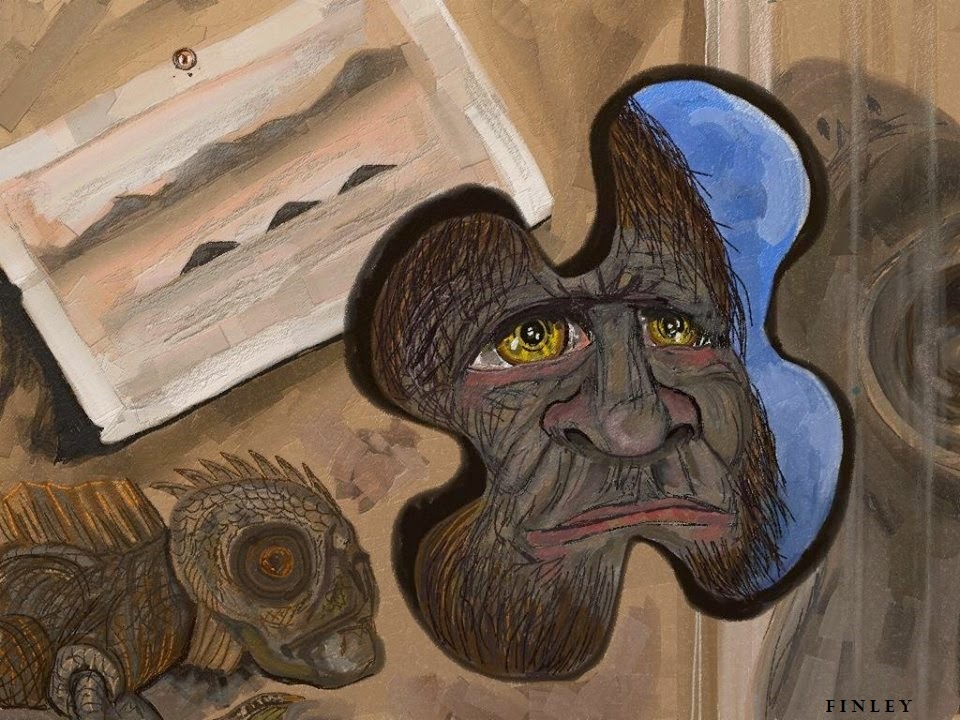
An exploration of our Earth's ever-captivating fauna through musings on the bizarre side of Zoology, Cryptozoology, Paleontology, and Paleoanthropology
Thursday, June 27, 2013
New Primitive, Knobby-Skulled Pareiasaur Discovered
A new Permian era (266-252 million years ago) reptile has recently been discovered in northern Niger, suggesting that an isolated desert on the supercontinent Pangea had a unique fauna of its own. The newly discovered animal was a pareiasaur, a form of herbivorous reptile common to Permian ecosystems. This animal had a body which was about the size of a cow's, with bony scutes called osteoderms on its back. The feature which especially made this reptile unique were the large, bony knobs which adorned its head; the largest of any known pareiasaur. These large cranial knobs were likely covered in skin, similar to those of giraffes. Due to this strange feature, the new pareiasaur genus was named Bunostegos, meaning "knobby [skull] roof." Even more intriguing is a discovery made through analysis of the specimen, which revealed that the pareiasaur was part of a primitive lineage isolated in the region for millions of years. It appears that several Permian reptiles, amphibians, and plants were isolated in this centrally located desert of the Pangea supercontinent due to its unique hyper-arid conditions which discouraged other species from entering. Due to this isolation in such a harsh climate, the animals living in the region possessed novel adaptations and anatomical features which are evident in their fossilized remains; thus helping us gain a better idea of what some of the truly bizarre fauna during the Permian period was like. To read more about this intriguing discovery, go to this link: Pareiasaur: Bumpy beast was a desert dweller
Saturday, June 22, 2013
New Book on the Natural History, Evolution, and Anatomy of Pterosaurs
 |
| Thalassodromeus sethi shown consuming a juvenile spinosaur, by paleoart genius Mark Witton. |
 |
| A diagram depicting the intriguing structure of pterosaur wings, as evidenced by fossils. (From Mark Witton's book) |
Subscribe to:
Posts (Atom)

